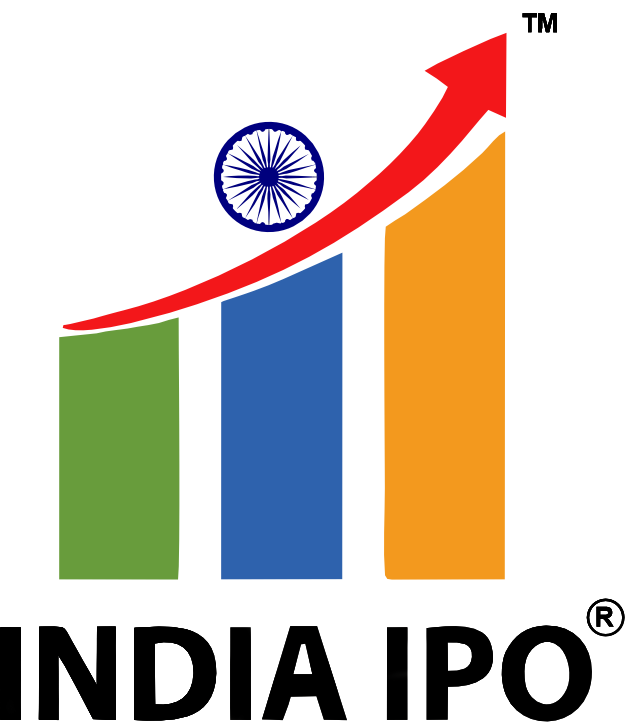


The Reserve Bank of India (RBI) has unleashed a powerful one-two punch: a cumulative 100-basis-point rate cut since February, followed by a dramatic 100-basis-point reduction in the cash reserve ratio (CRR), injecting a whopping ₹2.5 trillion into the banking system. This swift action, coupled with a shift in policy stance from 'accommodative' to 'neutral,' signals that the RBI considers this the peak of its easing efforts.
While largely meeting market expectations, these significant moves aim to stimulate growth, navigating the age-old central banking dilemma of balancing growth and stability. The rate cuts, once fully transmitted, should lower borrowing costs for businesses and consumers. The CRR cut further expands the pool of available funds, potentially easing the fiscal borrowing burden.
However, the gap between intent and outcome presents a significant challenge. The efficacy of this monetary easing is questionable given the broader economic context.
This raises a crucial question: Can liquidity alone revive a demand-constrained economy? Credit demand has slowed; banks aren't starved for capital, but for opportunities. Increased liquidity might lubricate the system but may not energize its core. Demand-side uncertainties breed weak credit appetite.
Excess liquidity poses risks: Banks might lower deposit rates not due to lower funding costs, but because they can't lend the surplus, potentially distorting the long-term savings structure and incentivizing riskier investments.
Inflation concerns linger: While headline inflation is under control, core inflation remains sticky, and food inflation is volatile. The monsoon season and global supply chain dynamics add uncertainty to the inflation outlook.
Beyond Monetary Policy: Even this aggressive monetary push may not reignite private sector momentum. Businesses need confidence, households need income security, and banks need demand visibility. Policy needs to go beyond rate actions to align incentives, investments, and trust.
The Big Question: The RBI has acted decisively, but that’s not enough. Will businesses borrow and invest? Will households consume? Will the private sector respond? Has the RBI fired the starting pistol in a race with few participants? Or is this the nudge the economy needs for self-sustaining growth?
The liquidity is there. The challenge now lies in converting it into economic dynamism. Whether India’s economy sprints or circles in place remains to be seen.
Author: A corporate advisor and author of ‘Family and Dhanda’

